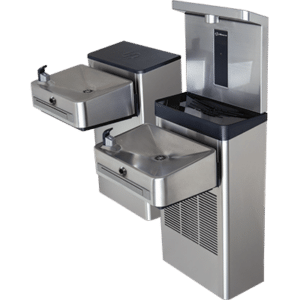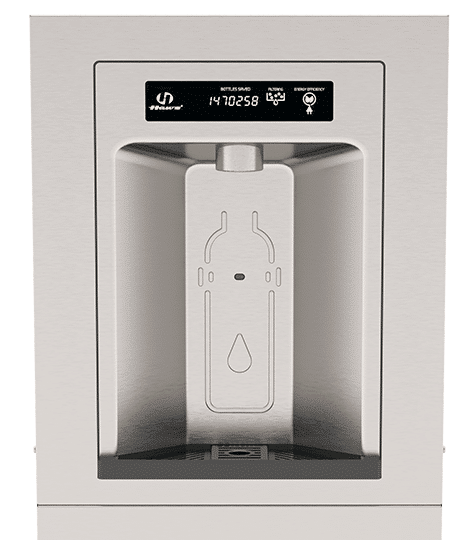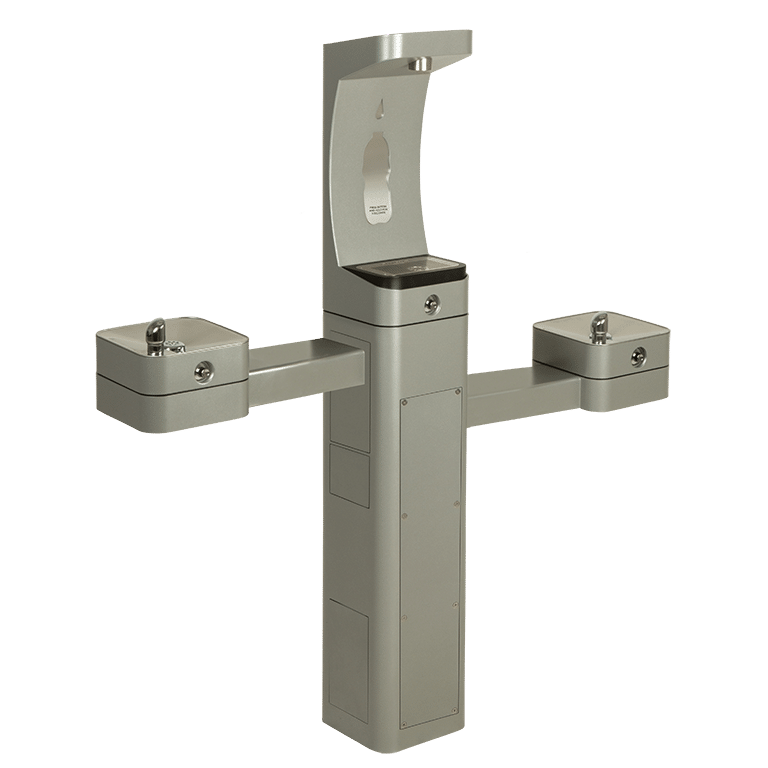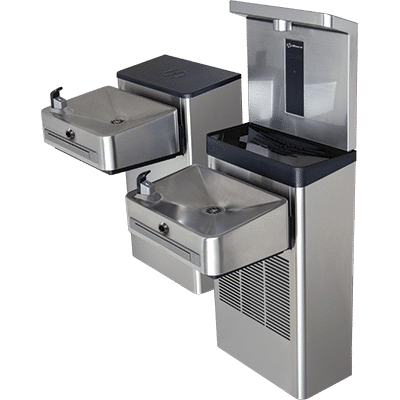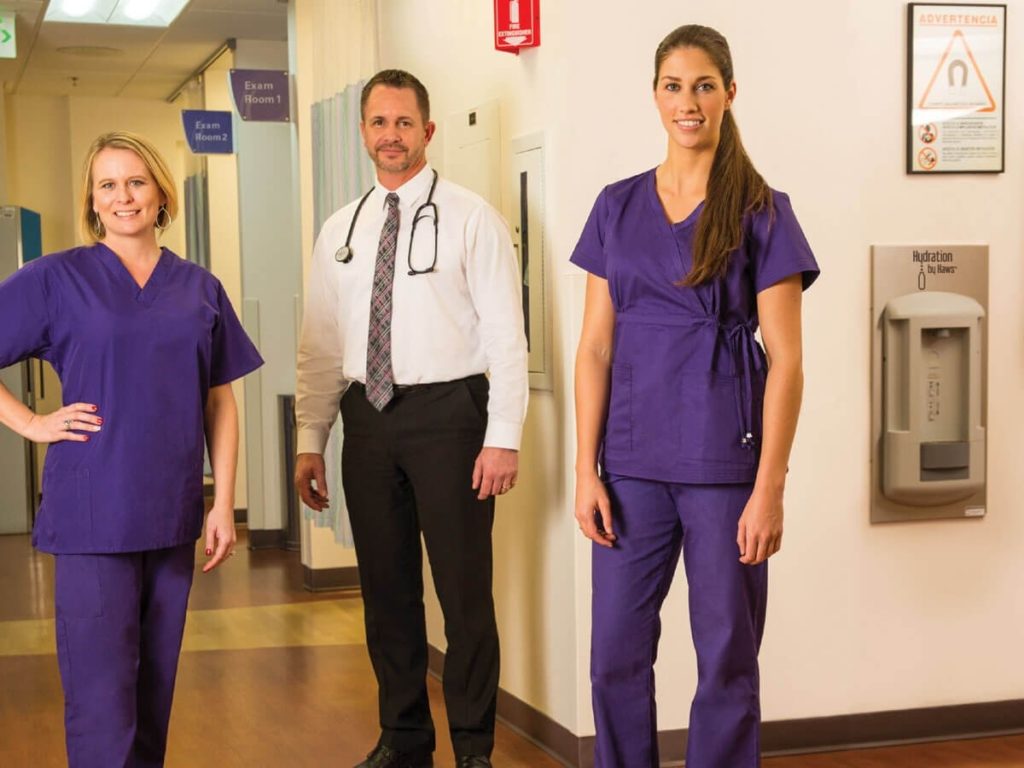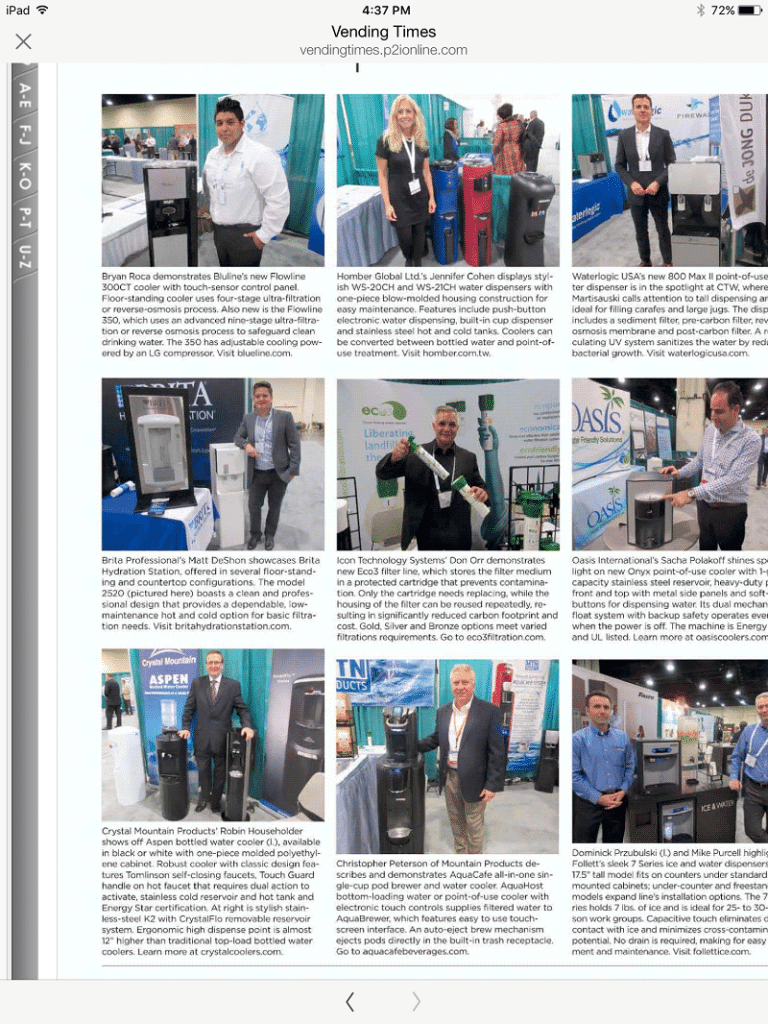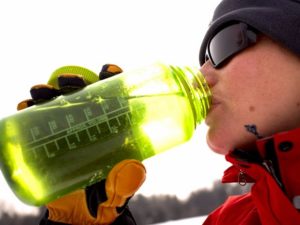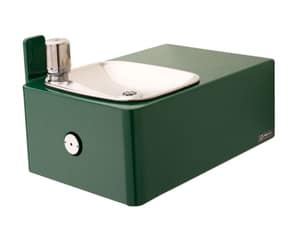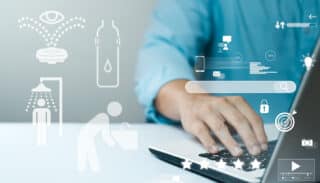With the 4th of July holiday quickly approaching, there are many questions we ask ourselves in preparation. Do we have enough briquettes/fuel for the BBQ? What food will we be cooking? Who else is bringing food? The drinks? If traveling, what needs to be packed, and is the gas tank full? In all our preparations, do we take proper hydration into consideration?
Whether we’re watching the fireworks at the beach, the park, or in our backyard, having plenty of fresh water available – for the whole family – is essential to having a safe and healthy holiday.
An average of six to eight glasses of water each day is important to stay hydrated, and if we’re out in the sun all day – eight to ten eight-ounce glasses is better. There are many water delivery options on the market, from one-time use plastic bottles (let’s protect the environment and avoid those), to reusable bottles, and insulated bottles that keep water cool for hours. Dehydration can happen quickly, especially when outdoors, so it is important to recognize the symptoms. If you start to have muscle cramps or headaches, or become lightheaded, you are probably becoming dehydrated. Be sure to carry water with you, or if at an event, know where it is provided.
And don’t forget that there are many foods that help with hydration; strawberries, cucumbers, celery, tomatoes, pineapple, and watermelon are all great sources of water, so when planning your food items, be sure to add some of these options to your grocery list.
Enjoy the holiday, and be sure to hydrate!
Post submitted by Lynne Pierce, Sr. Graphic Designer
A New Year’s resolution we should all be following
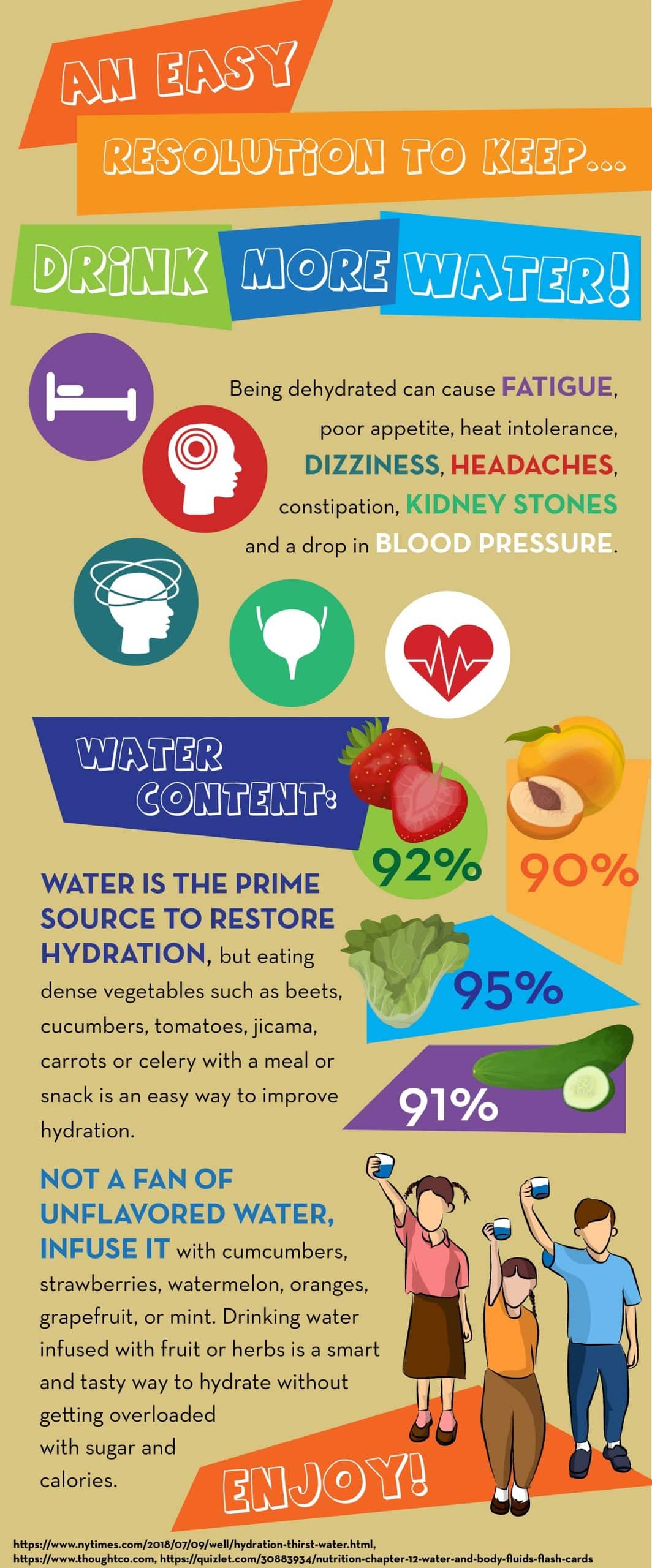 How are you doing with your New Year’s resolutions? Still hitting the gym every day? Getting up without hitting the snooze button? Making your bed before heading out of the house? But what about a simple resolution that is healthy and super easy to implement? Drinking more water everyday should be on top of all our lists as we think about living a healthy lifestyle.
How are you doing with your New Year’s resolutions? Still hitting the gym every day? Getting up without hitting the snooze button? Making your bed before heading out of the house? But what about a simple resolution that is healthy and super easy to implement? Drinking more water everyday should be on top of all our lists as we think about living a healthy lifestyle.
In 2019, let’s all try and increase our water intake.
Infographic created by Lynne Pierce
INFOGRAPHIC: Tips to Stay Hydrated on Halloween Creating Sustainable Solutions for HydrationIn the United States alone, over $100 billion is spent on bottled water each year resulting in over 50 billion plastic bottles tossed in the trash can. That equates to 2.5 million plastic bottles thrown away per 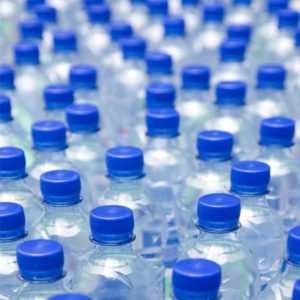 hour and 80% end up in landfills. Organizations around the globe are responding to the overwhelming financial, social, and environmental costs of bottled water consumption and disposal by providing convenient and cost-effective hydration solutions in and around their facilities. Airports, hospitals, schools and many other organizations are improving their sustainability efforts and reducing bottled water waste by upgrading to bottle filling stations such as the Hydration by Haws™. These bottle fillers help lower carbon footprints by reducing waste associated with single-use bottles and promoting the use of refillable bottles.
hour and 80% end up in landfills. Organizations around the globe are responding to the overwhelming financial, social, and environmental costs of bottled water consumption and disposal by providing convenient and cost-effective hydration solutions in and around their facilities. Airports, hospitals, schools and many other organizations are improving their sustainability efforts and reducing bottled water waste by upgrading to bottle filling stations such as the Hydration by Haws™. These bottle fillers help lower carbon footprints by reducing waste associated with single-use bottles and promoting the use of refillable bottles.
Hydration By Haws™ bottle filler benefits and options
The benefits of bottle filling stations are endless and offer the perfect solution to satisfy the growing demand for accessible, on-the-go water alternatives. With their hygienic, hands-free activation and ADA compliance, the Hydration By Haws™ bottle filler is an ideal upgrade from traditional drinking fountains to deliver clean, filtered water from standard tap lines. The multiple product options transform regular tap water into filtered drinking water by using a certified advanced filtration system. Hydration By Haws™ water dispensers offer users the benefits of clean filtered water away-from-home without the waste and cost of bottled water. One unit can reduce as many as 36,000 standard 16.9 oz bottles each year. Surface wall-mount (Model 2000SMS) or recessed mount (Model 2000S) configurations are available with custom branded logo options if preferred.
Bottle Filler Fundraising Program
The demand for convenient access to clean and cost-effective drinking water is increasing and Haws® responded by creating the Hydration By Haws™ Bottle Filler Fundraising Program. The program encourages everyone to drink more water by financing bottle filler installation costs with the proceeds raised from the sales of custom branded Nalgene® bottles. The unique fundraising program is a way to bring a hydration solution to any facility with no upfront costs, minimal set up, and the potential to keep additional profits. Find out more about this program and how you can join Haws in support of creating sustainable solutions for hydration by visiting the Hydration By Haws™ website at: www.hawshydration.com.
Haws® Attends IFMA & A+A in OctoberHaws® exhibited at the recent International Facility Management Association (IFMA) World Workplace Conference & Expo October 18-20, 2017 in Houston, Texas. The World Workplace expo is an event geared toward learning and relationship-building within the facility management field. Attendees were able to see hundreds of Facility Management toys, tools, and resources from the leading names in FM solutions, including Haws. The attendees were able to see product demonstrations, attend informational sessions, and have one-on-ones with exhibitors. Haws was in a unique position to be the only Emergency Response Equipment and Hydration Products manufacturer at this event.
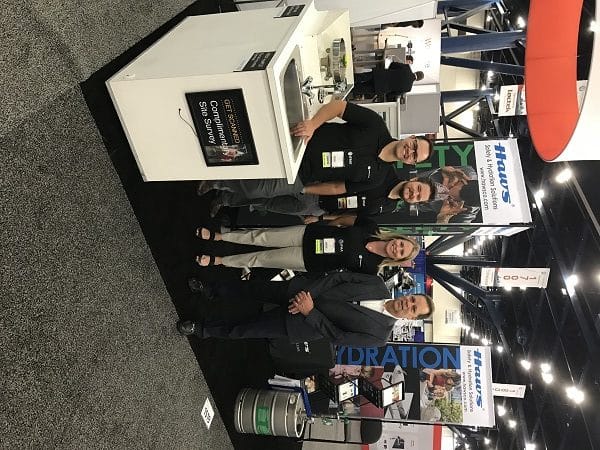
Haws AG also displayed at the A+A in Dusseldorf Germany. All aspects of safety, security, and health at work were brought together October 17-20, 2017 at the international trade forum that is A+A. Haws was able to present our emergency equipment and safety solutions to a global and highly qualified expert audience of decision-makers.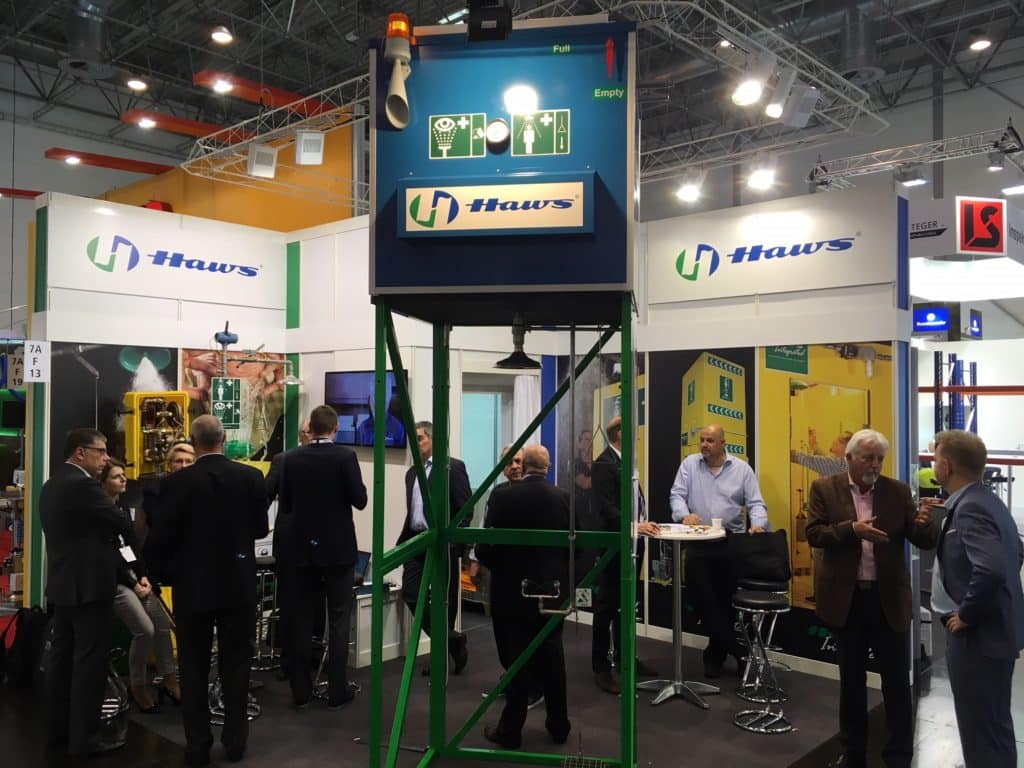
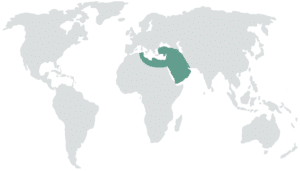 Haws – Switzerland announced its expansion into new markets in the Middle East, increasing its investment and presence to come closer to partners in key markets. This new extension will provide immediate access for customers in the region to help Haws better serve their needs and to develop stronger partnerships with local entities.
Haws – Switzerland announced its expansion into new markets in the Middle East, increasing its investment and presence to come closer to partners in key markets. This new extension will provide immediate access for customers in the region to help Haws better serve their needs and to develop stronger partnerships with local entities.
Recently, Haws welcomed two regional sales team members, Sampeep Verma and Michael Alex, as Business Development Managers – Middle East. Mr. Verma and Mr. Alex split territory coverage with specific regions assigned.
“Over the last 30 years, we have made tremendous progress in establishing Haws as a significant player in the EMEA safety equipment marketplace and expanding our reach to local markets. As one of the fastest growing markets globally, Middle East is an important and strategic region to continue our growth plans,” said Urs Weder, Manager Director of Haws – AG.
The Haws team will be showcasing new products and services at the A+A International Trade Fair and Congress in Dusseldorf in October in Hall 7A at Booth F13.
For more information, visit www.Haws.ch or [email protected].
Brita Hydration Station Recognized at NAMA One ShowThe Brita® Hydration Station® booth at the NAMA One Show in November received some recognition in the February issue of Vending Times Magazine.
“Brita Professional’s Matt DeShon showcases Brita Hydration Station, offered in several floor-standing and countertop configurations. The model 2520 (pictured here) boasts a clean and professional design that provides a dependable, low-maintenance hot and cold option for basic filtration needs. Visit britahydrationstation.com.”
Visit BritaHydrationStation.com to learn more about the Brita® product family and how you can provide Brita® filtered water to your office, school, or facility.
For a limited time, use code “TOUCH-FREE” for $150 off wall mount bottle fillers.
10 Good Reason to Drink More Water

From the stuff we drink and swim in, to the steam that eases congestion and the ice that reduces swelling, water is all around us (and even in us). Heck, it kind of is us. “Water makes up about two thirds of who we are, and influences 100 percent of the processes in our body,” says CamelBak hydration expert Doug Casa, PhD. That probably explains why we feel better when we’re drinking enough of it. To learn exactly how water is helping us, as well as some creative ways to use it, check out these 10 reasons why you should go hydrate right now.
1. It could aid weight loss.
Anyone looking to lose weight could be helped by upping their water intake. Studies have found that when participants drink water before a meal, they lose weight faster than those who did not drink water. Extra H2O helps us eat less by making us feel full, and it may also boost metabolism. CamelBak hydration advisor Kate Geagan, RD says it’s not uncommon to put on weight by mistaking thirst for hunger, and she offers this pro tip: Next time you feel fatigued or sluggish, “drinking water may be just what [you] need to perk up.”
2. It powers our warm-weather exercise.
With the proper precautions, working out in the heat is usually fine—and staying hydrated is one of the most important things you can do. The hotter the workout, the sweatier we tend to get, so it’s extra important to replace those lost fluids. Determining sweat rate informs good rehydration strategy: “Once an athlete [knows his or her] sweat rate, they can begin to practice replacing these fluid losses in training and be optimally prepared for [athletic exertion],” says Casa.
3. It keeps things moving, digestion-wise.
Water helps us, you know, go by helping dissolve fats and soluble fiber. Drinking enough water prevents constipation and also reduces the burden on the kidneys and liver by helping to flush waste products. Geagan breaks it down: “In the large intestine, water binds with fiber to increase the bulk of the stools, reduce transit time and make elimination easier. When you don’t drink enough water and fluids, the colon pulls water from stools, increasing your risk of constipation.”
4. It helps endurance athletes fight fatigue.
Water is an integral part of most any workout, and it becomes especially important in order to prevent dehydration during long workouts. When exercising for an hour or more, drinking water treated with carbohydrates and salts (by mixing in tablets such as Nuun, or making a DIY version) can help maintain fluid balance, which aids athletic performance and helps prevent post-exercise fatigue and exhaustion.
5. It might protect against some types of cancer.
Research has found that the greater the fluid intake, the lower the incidence of bladder cancer, with more significant results when the fluid is water. One possible reason could be that urinating more frequently prevents the buildup of bladder carcinogens. Staying hydrated may also reduce the risk of colon cancer and breast cancer.
6. It can improve mood.
Drinking water makes us feel so refreshed that it actually improves our state of mind. You don’t even have to be severely in need of it to benefit: Even mild dehydration has been shown to negatively impact moods.
7. Fun, frozen workouts are great for you.
When it’s too snowy or icy to go for a run, or you want a workout that’s as fun as it is good for you, find yourself some frozen water. Try ice skating for a low-impact workout that challenges your balance, get in some hill-work while sledding, get a full-body workout while cross-country skiing, or improve your cardiovascular endurance with snow-shoeing.
8. Drinking it may help prevent headaches, naturally.
Going without water for too long causes headaches for some people, and has been identified as a migraine trigger . The good news is that in a study on the effects of water on headaches, participants experienced “total relief” from their headaches within 30 minutes of drinking water (two cups, on average) . Geagan says a good way to prevent headaches is to stay hydrated throughout the day. And if you’ve already been hit with a dehydration-triggered headache, you’ll need significantly more water to help it go away. She recommends drinking two to four cups of water for headache relief within one to two hours.
9. It keeps our kidneys working.
Kidneys remove waste from our bodies, help control our blood pressure, and balance fluids, so they’re crucial to keeping our systems running smoothly. One surefire way to keep them working properly? Adequate water consumption! So drink up to keep those kidneys in tip-top shape.
10. It energizes us.
Next time you’re feeling zonked, try drinking a couple glasses of water. Feeling tired is one of the first signs of dehydration and filling back up on H2O could zap the sleepiness.
[via LinkedIn Steve Rapoport]
The Myth of Hydration in Winter MonthsMYTH: Cooler Temperatures Mean I Don’t Need To Drink As Much Water Because I’m Not Sweating As Much…
We don’t often associate cold weather with dehydration.
If you’re working or exercising outside on a cool fall day, or even a cold winter day, you’re just not as aware of losing fluids as you are when you’re sweating buckets in mid-August. First of all, humidity tends to be lower and as your sweat evaporates, you feel cooled off and fairly dry. Secondly, the colder it is, the more your body works to protect you from the cold. Nuun (a hydration drink) explains it this way: “blood (rushes) away from your extremities to your core to keep you toasty so there is more fluid than normal in your core. Your brain reads this core blood and can mistake it for water, and when it does your thirst doesn’t effectively grow at the same rate with which you’re losing water!
It’s just as important to maintain hydration in cooler, drier winter conditions as it is in steamy summer conditions, and it can be harder to recognize that you need water!
Tips for staying hydrated during winter:
1. Have a hydration plan and carry a reusable bottle wherever you go.
2. Pay attention to signs and symptoms of dehydration such as headaches, muscle cramping, or fatigue.
3. Drink warm water when the weather is cool to stay hydrated without dropping body temperature.
4. Sip on water every 15-20 minutes throughout the day and never wait until you are thirsty to drink as thirst means you are already dehydrated.
This fall and winter – stay hydrated; stay safe!
Monday Tip: Emergency Eyewash “No-No’s”It is interesting to see what some facilities consider to be sufficient in regards to providing proper emergency shower and eyewash equipment. Below are just a few of these not-so-compliant “solutions”.
Not only does this risk potential fines from OSHA for not complying with the ANSI Z358.1 Standard, but it also put workers, students, etc. at risk of not having proper functioning equipment to use in the event of an emergency.
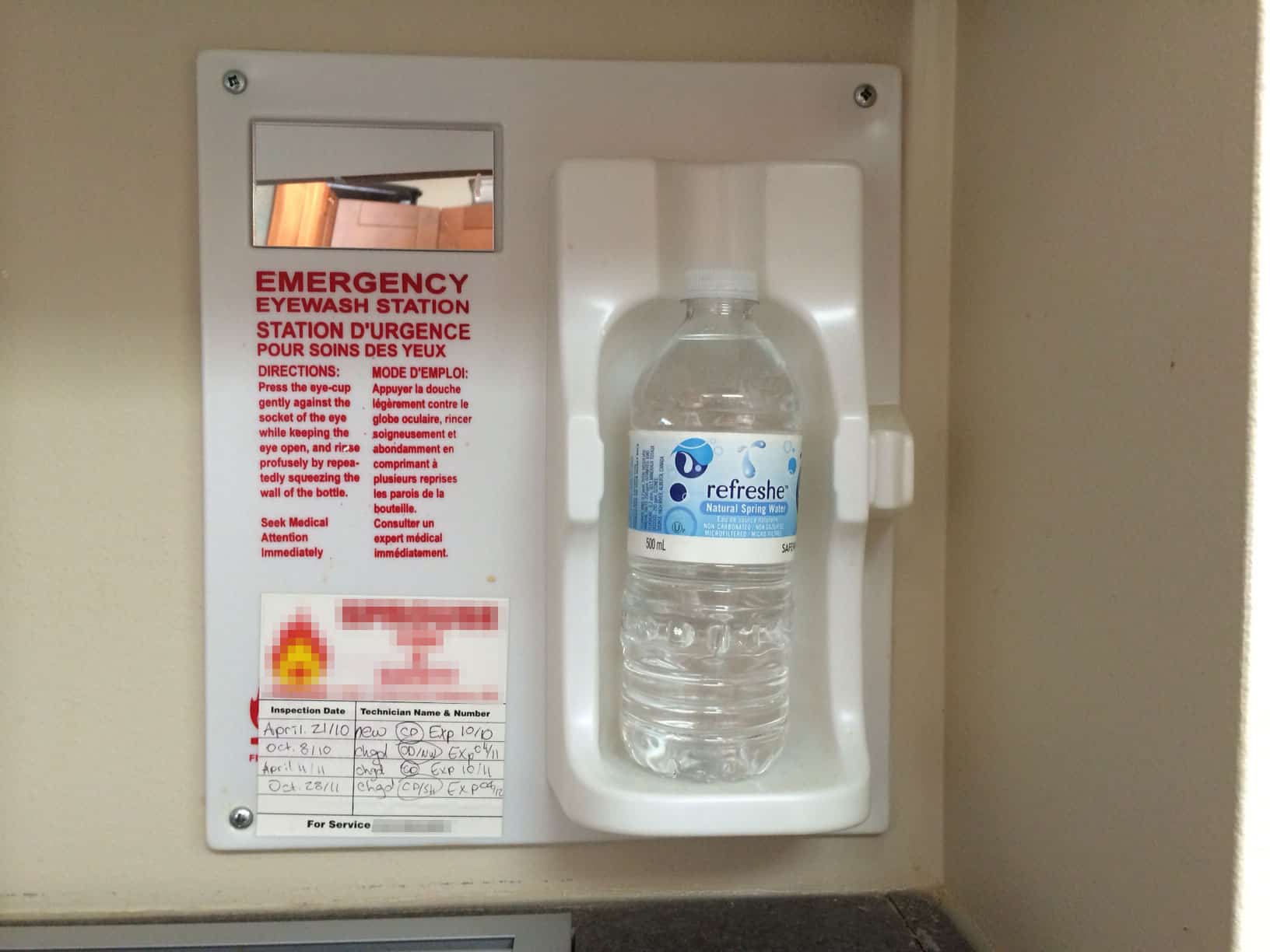
Ummm… not quite an equivalent.
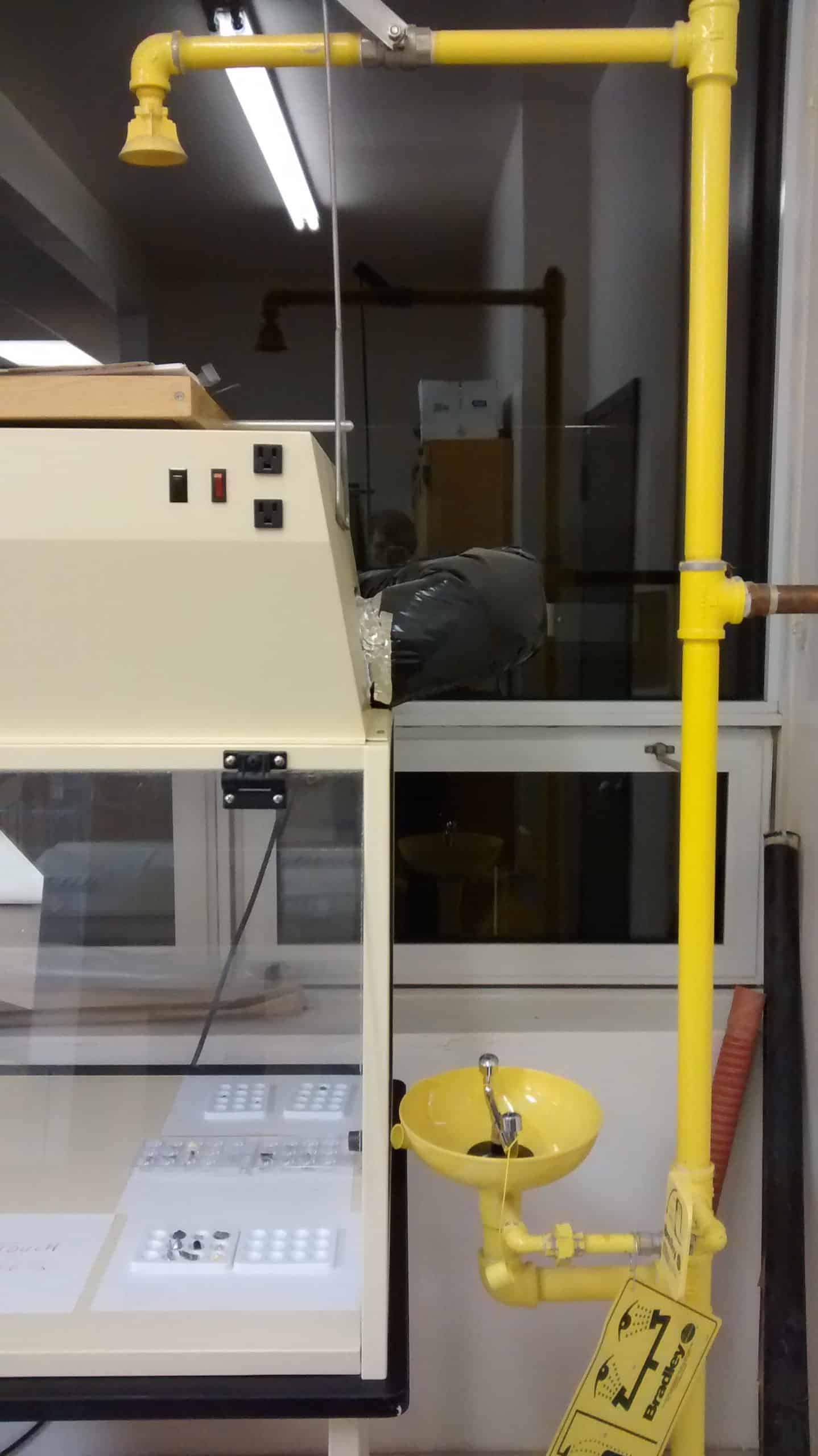
I wonder where the user is supposed to stand?
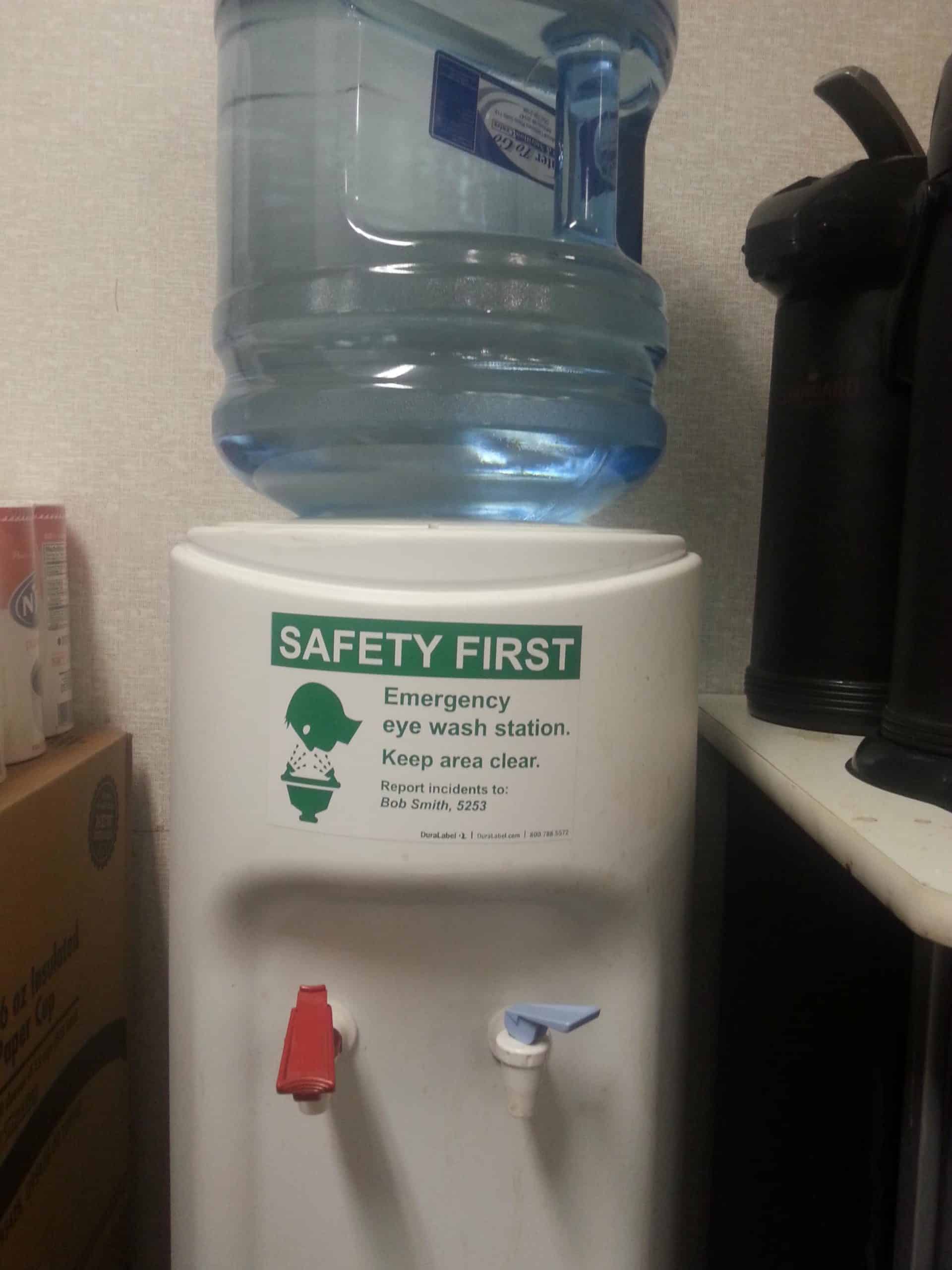
Ever seen a dual-functioning water cooler and eyewash station? Yeah, neither have we.
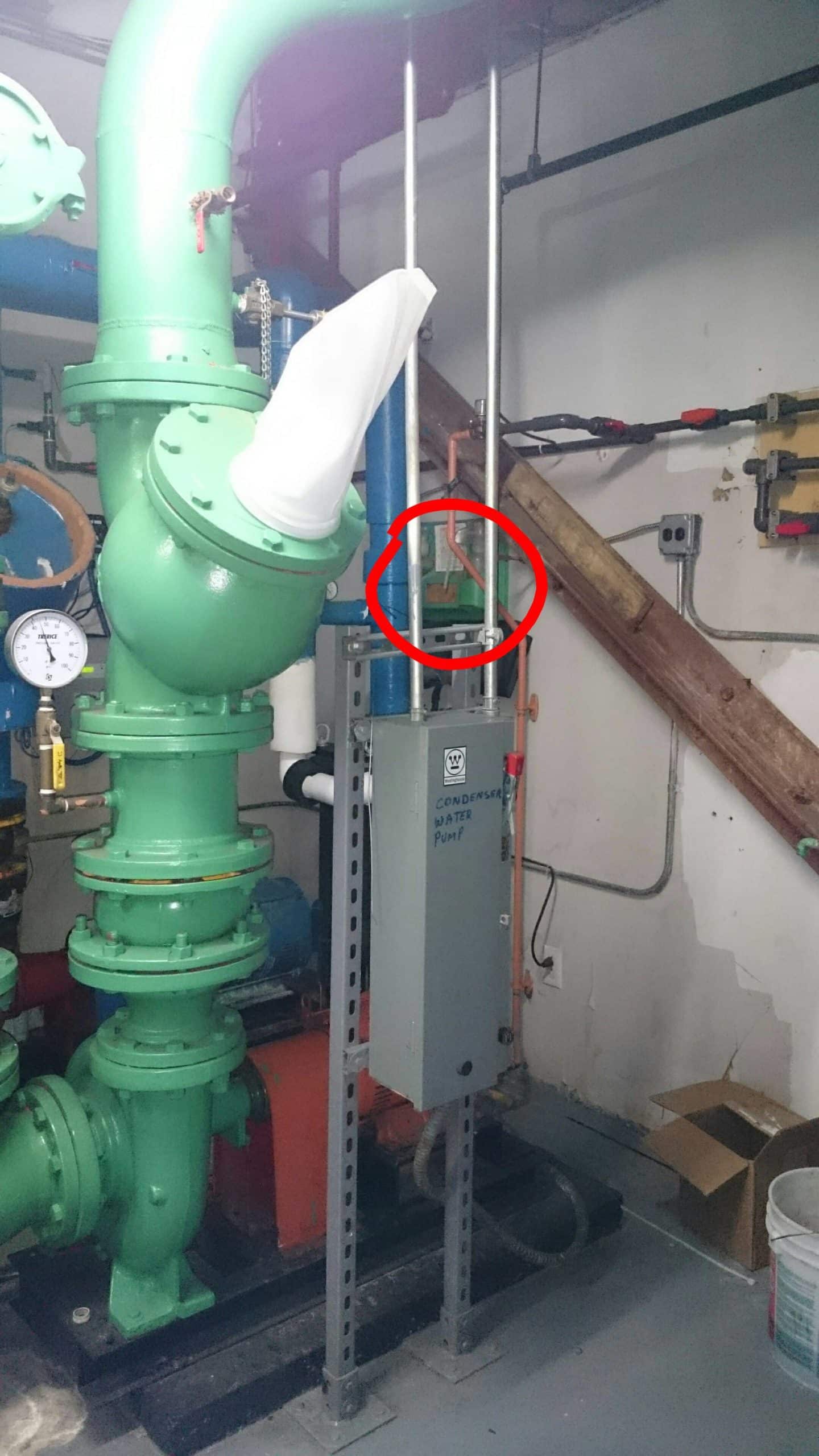
Can you spot the eyewash station?
Our tip: When installing an eyewash or shower unit, test out an emergency scenario to make sure you are giving a victim the required distance and access. Choose the path of least resistance to guarantee a victim the best treatment possible and to reduce potential injury damage.
For more information on ANSI installation requirements, visit www.hawsco.com/ANSI .
Can Drinking Fountains Make a Comeback?In an effort to not use plastic water bottles, drinking fountains are coming back into style. Drinking fountains are saving the environment while keeping people hydrated (Go Haws!).
In Lafayette, Louisiana, a few men who are frequent runners, are in works of bringing drinking fountains back to Lafayette and they are seeking help. Last fall, Mark C. LeBlanc and Butch Roussel were running together and lamenting that the lack of drinking water fountains limited to their route. Roussel had just launched civicside.com, a crowdfunding/kick-starter website to fund community projects,”That seemed like a logical way to bring filtered water fountains to various neighborhoods where people are active”, LeBlanc said.
The Hydrate Lafayette project took months to coordinate. Getting permission and help from from various Lafayette businesses and organizations like: consolidated government departments, works with a plumber, homeowners, the University of Louisiana at Lafayette’s Department of Industrial Design, and architecture took time.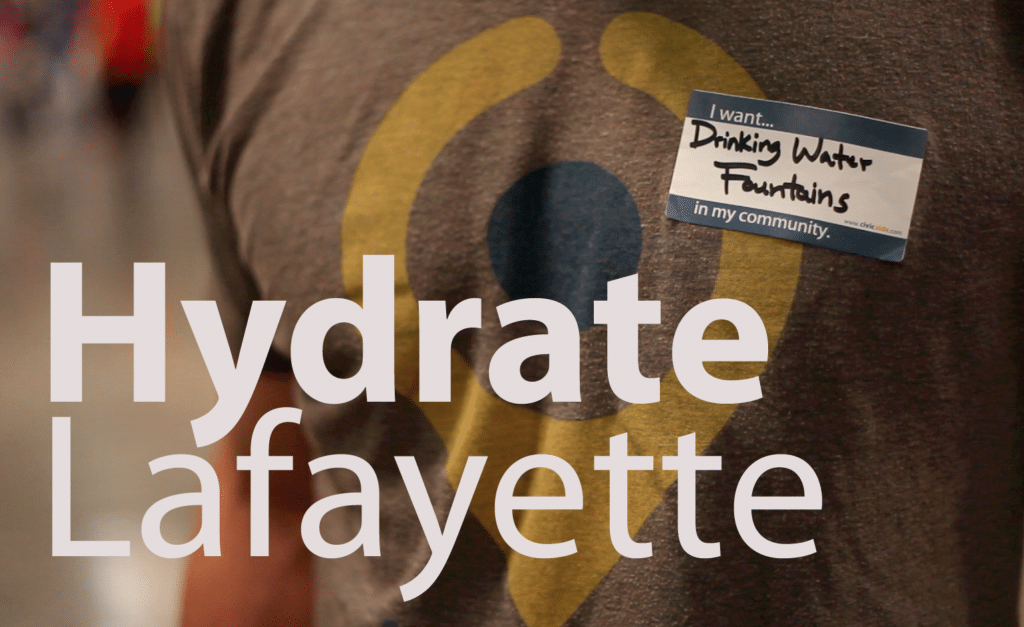
LeBlanc stated,”A couple of people in Lafayette have water fountains on their mailboxes. They let anyone drink out of them. That gave us the idea to see if we could get more homeowners to put fountains in.”
“Using 80 percent recycled materials, UL students designed and built several structures to support a water source and four winners were selected”, LeBlanc said. Four others will be pedestal-type fountains similar to brick mailboxes, he said.
Now they’re trying to fund the $14,500 project through civicside.com under Hydrate Lafayette. As of noon 6/5/15, they were approaching 30 percent of their goal with only 24 days left.
The drinking stations will serve runners, bicyclists, walkers, children playing in neighborhoods, pets, the homeless and athletes. Two station locations that have been revealed thus far at St. Joseph Diner and the UL intramural field.
“The initial idea was for runners and walkers, people who are active,” Roussel said. “But when you involve something like St. Joseph Diner, that’s an area of town where people could use the fountain for a necessity, not because I don’t want to bring my water bottle around.”
It’s about more than that for LeBlanc, too.
“I would like to see it succeed to prove to the public if you want something done you don’t have to wait for politicians and bureaucrats to do it,” he said.
Want to help fund public water fountains in Lafayette?
Visit civicside.com and Hydrate Lafayette.
Source: Claire Taylor
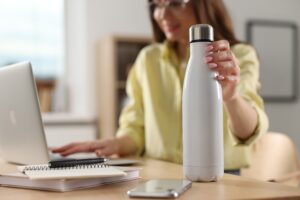
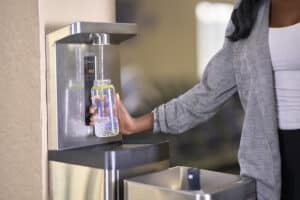 Filtered Bottle Filling Stations Facilitate Good Environmental
Filtered Bottle Filling Stations Facilitate Good Environmental 